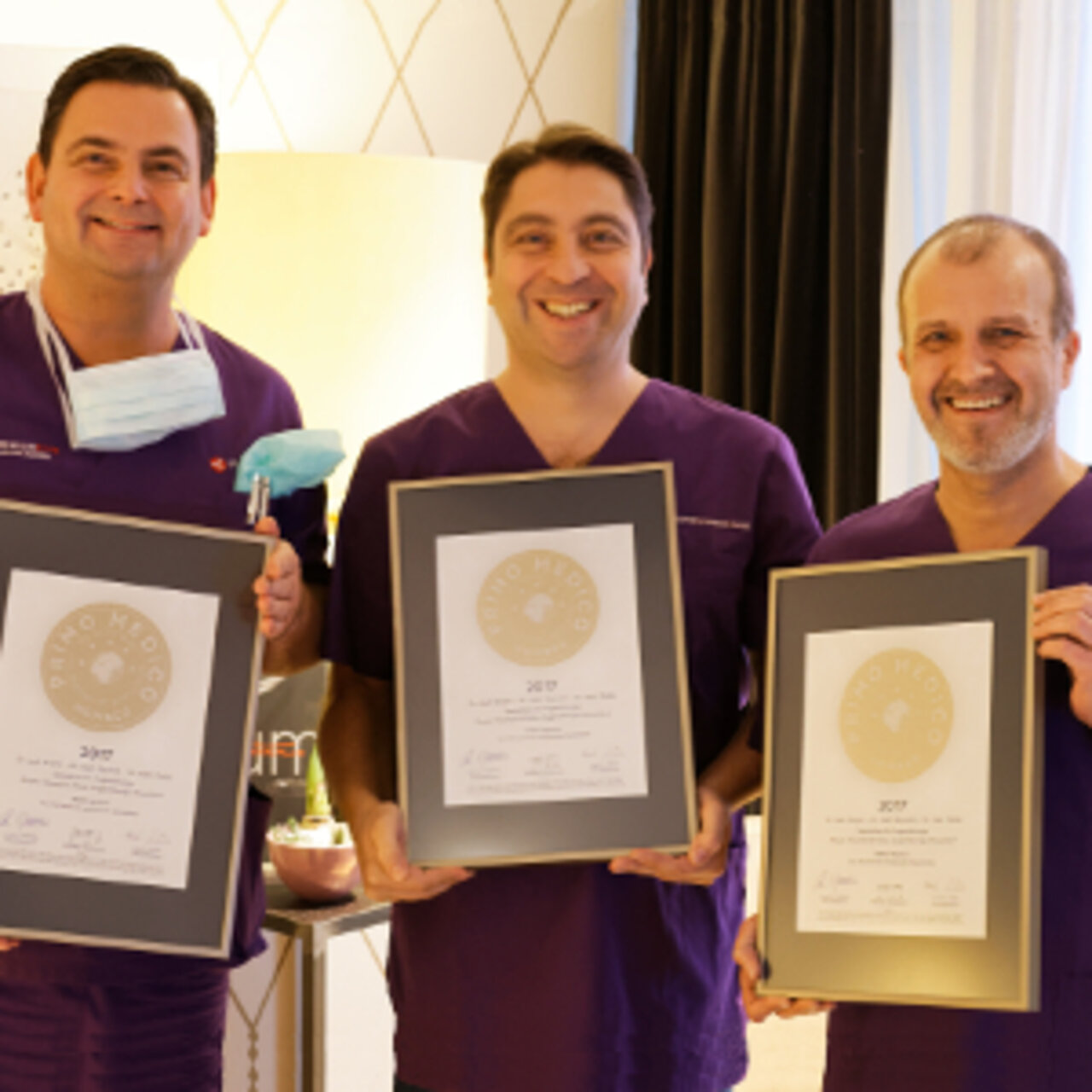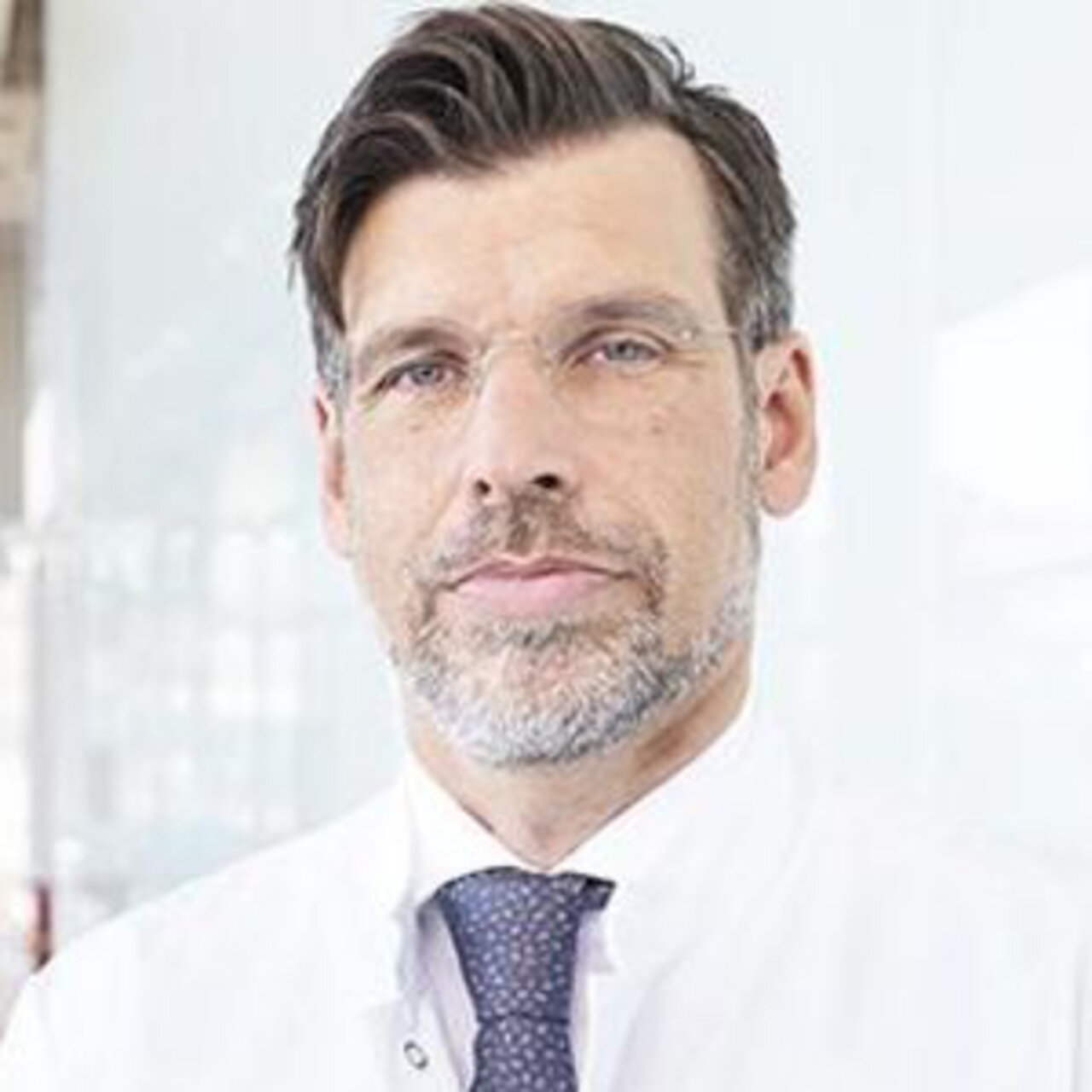Specialists in Ectropion
3 Specialists found
Information About the Field of Ectropion
What is ectropion?
The term ectropion describes a specific kind of eyelid deformity. It involves an outward tilting of the eyelid, with the lower eyelid predominantly affected. Less frequently, it can also occur on the upper eyelid.
The function of the eyelids is to protect the eye and all of its layers. Firstly, they protect against mechanical forces like foreign bodies, but secondly, they possess glands with secretions that keep the eyes moist. In this way, the eyes are kept from drying out. In case of an ectropion, this protective effect is no more fully provided.
What is the difference between ectropion and entropion?
Both entropion and ectropion refer to malpositions of the eyelids. With entropion, the eyelid curls inward, so that the eyelashes can irritate the conjunctiva and cornea. On the other hand, with ectropion, the eyelid bulges outward, so the protective function of the eyelids is no longer ensured.
Both disorders can develop as part of the aging process, and in both cases the cornea and conjunctiva become irritated, even if not in the same way. The other feature they share is their frequent presence in the area of the lower eyelid.
Which symptoms are typical for ectropion?
The symptoms characteristic of ectropion stem from the failure of the protective function of the eyelids. Both the mechanical protection and the moistening of the eye's front layers are impaired.
This results in drying of the cornea and conjunctiva with the latter connecting the eyelids to the eyeball. As a result of dehydration, conjunctival tissue can deteriorate and no longer fully function.
This leads to recurrent conjunctivitis and corneal inflammation. Sometimes even an ulcer, which is a more profound tissue defect, can develop.
The inside of the eyelids hold so called lacrimal points. They belong to the lacrimal apparatus and make sure that the tear fluid can drain off in the towards side of the eye that faces the nose. In case of an ectropion, these lacrimal points are directed outwards so that the outflow of tears is impeded. In this case, the tear fluid more or less overflows.
Causes of ectropion
A number of causes may be responsible for ectropion. By far the most common form, however, is senile ectropion. More rare causes include facial nerve paresis, inborn forms, or scarring ectropion.
The so-called senile ectropion arises in advanced age as a consequence of a progressive weakening of the eye muscles. Here, the muscle mass decreases and various ligaments that support the eyelid lose their tensile strength, too. Usually the lower eyelid bulges outwards as a result.
If the facial nerve, which is part of the cranial nerves, gets injured or otherwise impaired in its function, we speak of facial nerve palsy. This nerve normally supplies the facial musculature, which means that facial paralysis can occur as a result. Should the muscle that surrounds the eyes also be affected, this may present as ectropion.
Scars can also be responsible for an ectropion in a small number of cases. In this case, scars which are localized in a manner that exerts traction on the skin around the lower eyelid may become a concern.
The congenital form of ectropion occurs very rarely.
How can an eye doctor diagnose ectropion?
An ophthalmological examination when an ectropion is suspected will always begin with a detailed medical history followed by a physical examination. Experienced ophthalmologists are usually able to recognize the ectropion already just by looking, which is called a visual diagnosis.
Further examinations then follow, the most important of which is probably the slit lamp examination. Using this method, the doctor can take a closer look at the front layers of the eye. The slit lamp allows for appropriate magnification and optimal lighting, so that any defects in the conjunctiva or cornea can be identified with certainty.
Other more specialized diagnostic procedures might be necessary, based on the cause of ectropion. Neurological examination is particularly important to diagnose facial paresis or other nerve damage.
Ectropion surgery: Which treatment options are available and how is it performed?
Ectropion can be treated conservatively in many cases. Should conservative measures no longer be sufficient, however, surgery may be necessary.
The conservative means are used to prevent the eye from drying out if the eyelids are no longer able to perform this function. For example, artificial tears or watch glass bandages can be used in this case.
A watch glass bandage represents a special type of eye dressing placed to protect the eye in cases of infection or surgery.
The surgical method employed for an ectropion varies depending on the triggering factors. All methods, however, are aimed at reattaching the eyelid to the eyeball. Usually, the eyelid is tightened at the outer edge and secured to the periosteum of the eye socket. In the process, the outward bulging of the eyelid can be corrected to restore protection against dehydration and allow proper drainage of the tear fluid.
The operation is a relatively short procedure in most cases, and can be done in under an hour. Local anesthesia is often sufficient and the need for general anesthesia can be avoided.
Risks, prognosis and chances of cure
In case of ectropion, there may be complications if symptoms persist for a longer period of time and no sufficient therapeutic steps are taken. Then, there is a risk of complicated infections and tissue damage around the conjunctiva or cornea. These can occasionally lead to very long treatment or even visual impairment.
However, if adequate therapy is introduced early on, ectropion is well treatable condition that heals and does not leave any consequential damage.
Which doctors & clinics are specialists for ectropion?
Any eye disease, including an ectropion, may have profound consequences for the patient if treated too late or in the improper way. This is why it is even more important to seek the advice of an experienced specialist as quickly as possible.
All doctors listed here are experts in the field of ophthalmology and have extensive experience with the treatment of an ectropion. Through their knowledge and expertise, you will receive excellent medical treatment. Schedule a quick and uncomplicated initial consultation with one of our eye specialists.
If you're in need of a doctor, you expect the best medical care possible. So of course patients are curious to find out what clinic to go to. As there is no objective way to answer this question and a legitimate doctor would never claim to be the best, patients must rely on a doctor's experience.
Let us help you find an expert for your condition. All listed doctors and clinics have been reviewed by us for their outstanding specialization in the field of ectropion and are looking forward to your inquiry or wish for treatment.
Sources:
Amboss, Nachschlagewerk für Mediziner
Franz Grehn; Augenheilkunde. Springer-Verlag; 32. Auflage 2019


